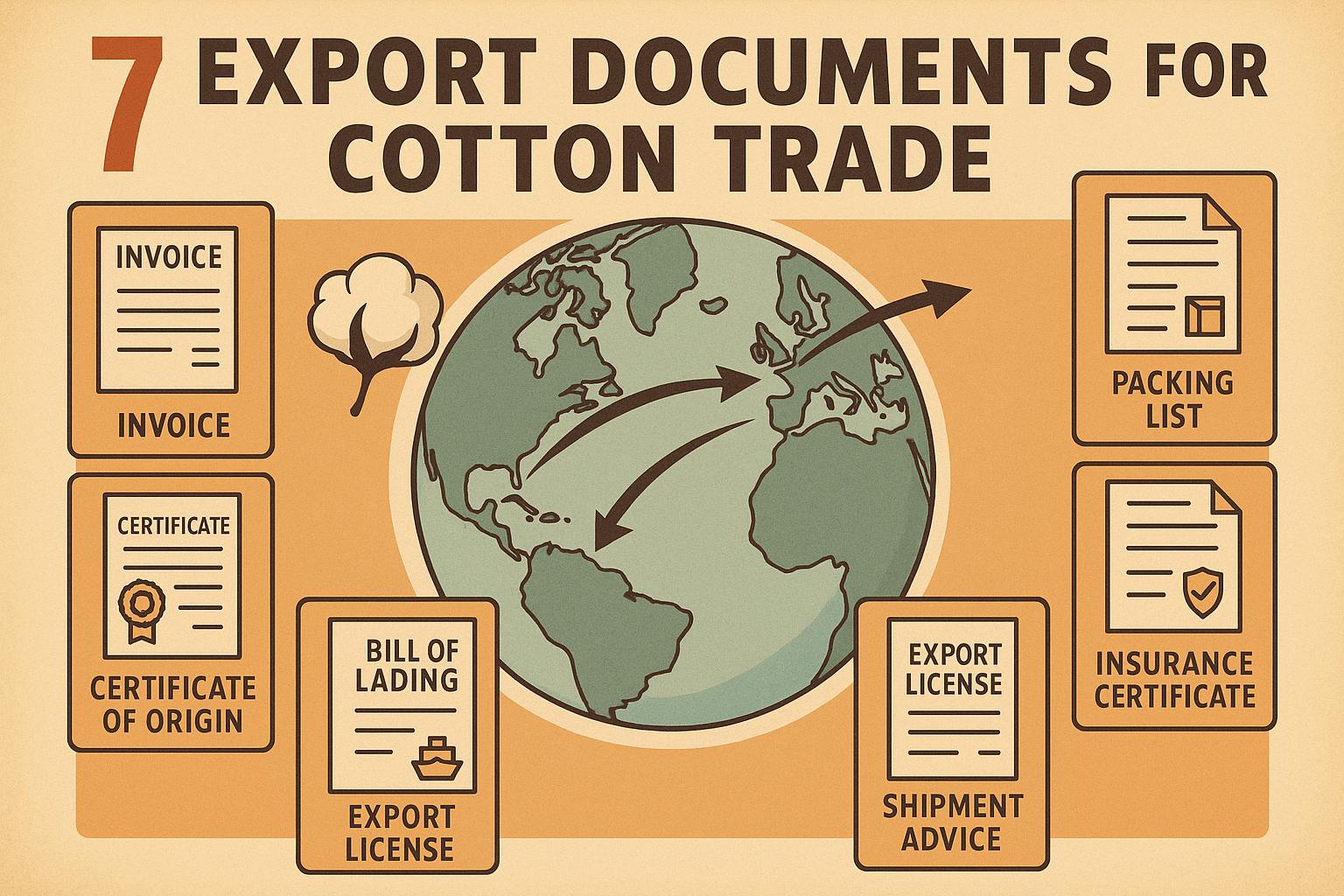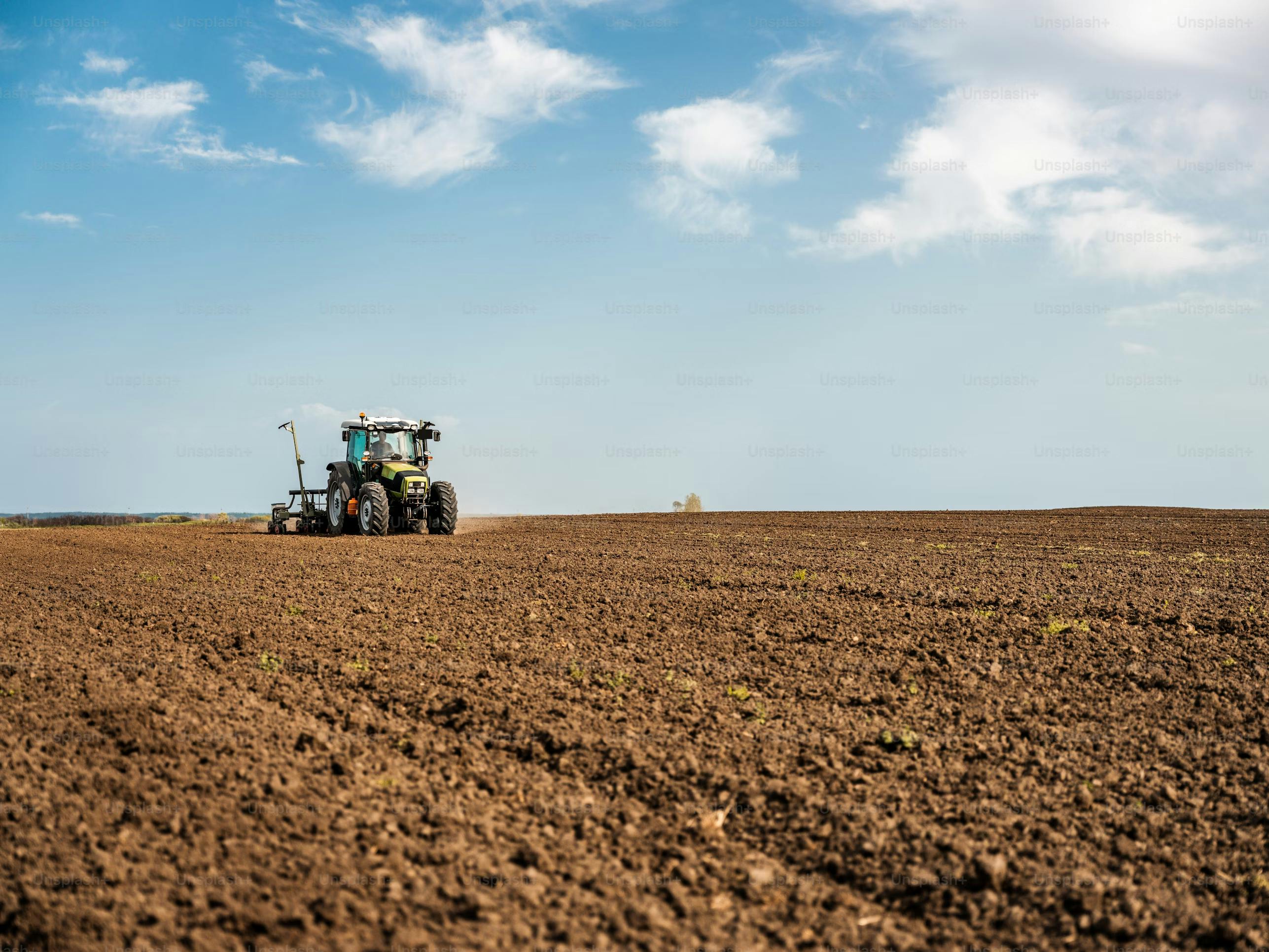Key Points
- Cotton prices dipped slightly, averaging 62.80 cents per pound, influenced by a stronger U.S. dollar.
- It seems likely that U.S. cotton planting reached 95%, slightly behind schedule due to weather challenges.
- The evidence leans toward India’s cotton sector facing mixed sowing, with new MSP sparking debate.
- It appears sustainability efforts advanced, with the Organic Cotton Accelerator expanding programs.
- Trade dynamics likely influenced markets, with ongoing U.S.-China talks and India’s tariff relief push.
Market Stability and Prices
Cotton prices saw a slight decline this week, averaging 62.80 cents per pound, down from last week, due to a stronger U.S. dollar and favorable weather reducing supply concerns.
Supply and Demand Trends
Global cotton production is projected at 117.0 million bales, with consumption at 117.8 million bales, suggesting a slight stock drawdown. U.S. planting reached 95%, with weather impacting progress.
Regional Highlights
In the U.S., Texas benefited from rains, while Georgia faced demand issues. India’s sowing varied, with Punjab up but Gujarat down, and a new MSP raised industry concerns.
Sustainability and Trade
The Organic Cotton Accelerator expanded farmer support, boosting sustainable production. U.S.-China trade talks progressed, while India sought tariff relief, potentially affecting exports.
Cotton Industry Developments, June 15–21, 2025: A Comprehensive Analysis
The cotton industry in late June 2025 navigated a complex landscape of market fluctuations, regional production dynamics, sustainability advancements, and evolving trade policies. This analysis compiles insights from industry sources and projections, providing a detailed overview for stakeholders, mirroring the structure and tone of previous digests for consistency.
Market Prices and Trading Dynamics
Cotton spot quotations averaged 62.80 cents per pound for the week ending June 19, 2025, down slightly from 63.00 cents the prior week, reflecting pressure from a stronger U.S. dollar and favorable weather in key growing regions. Daily prices ranged from 62.40 cents on June 18 to 63.10 cents on June 16, indicating a narrow trading range. ICE cotton futures for the July 2025 contract closed at 65.05 cents on June 21, down from 65.37 cents on June 14, with declines linked to weaker crude oil prices and improved crop prospects, per an X post from Palm Oils. The December 2025 contract settled at 68.10 cents, supported by optimism from U.S.-China trade talks, as noted in an X post from Fibre2Fashion.
Analysts described the market as rangebound, with the July contract within a 300-point range and speculators adding net shorts, per Fibre2Fashion. The Cotlook A Index on June 19 was 77.55 cents, down 0.75 cents, reflecting bearish sentiment, per Cotton Outlook. This aligns with last month’s “watching paint dry” sentiment, with no major catalysts driving volatility.
Supply and Demand Projections
The USDA’s June 2025 WASDE report projected global cotton production at 117.0 million bales for 2025/26, down 800,000 bales from May, and consumption at 117.8 million bales, down 300,000 bales, suggesting a slight stock drawdown, per Sourcing Journal. The ICAC maintained similar projections, estimating 26 million tonnes (approximately 119 million bales) in production and 25.7 million tonnes in consumption, per Kohan Textile Journal. U.S. exports were revised upward by 400,000 bales for 2024/25, reflecting stronger demand, per Cotton Grower. Despite bullish USDA data, prices struggled, as noted in Barchart.
In the U.S., planting reached 95% by June 21, 2025, up from 90% the prior week but below the five-year average of 97%, per USDA estimates USDA WASDE. Crop conditions were rated 38% good, 9% excellent, 33% fair, 15% poor, and 5% very poor, with weather variability impacting yields.
Regional Developments
United States
U.S. cotton planting progressed to 95% completion by June 21, lagging the 97% five-year average due to excessive rainfall in the Southeast and dry conditions in parts of the Southwest, as inferred from USDA Crop Progress. Texas, at 92% planted, benefited from timely rains, enhancing crop prospects, while Georgia, at 96%, faced persistent low demand, with some farmers exiting cotton production post-Hurricane Helene, per GPB News. Export shipments for the week ending June 19 rose 8% to 374,800 bales, driven by demand from Vietnam and Pakistan, per USDA data.
India
India’s cotton sector faced challenges, with the MSP for medium staple cotton rising to ₹7,710 per quintal for kharif 2025, up from ₹7,121, sparking debate over industry competitiveness, per The Hindu BusinessLine. Punjab saw a 15% increase in sown area, driven by early monsoon rains, while Gujarat’s sowing dropped 50% due to delayed rains and shifts to groundnuts, as inferred from Fibre2Fashion. Northern sowing remained low at 10.3 lakh hectares, down from 15.62 lakh in 2023-24, with Bt cotton adoption failing to boost yields, per The Hindu BusinessLine.
| Region | Planting Progress | Key Challenges |
|---|---|---|
| United States | 95% by June 21, below average | Weather variability, low Georgia demand |
| India | Mixed, Punjab up 15%, Gujarat down 50% | Delayed monsoons, MSP debate |
Sustainability and Industry Initiatives
Sustainability efforts advanced, with the Organic Cotton Accelerator (OCA) expanding programs to support farmers transitioning to organic cotton production, increasing the global supply of sustainably grown cotton, per Textile Exchange. This initiative aligns with growing consumer demand for eco-friendly products and the industry's commitment to reducing its environmental footprint, building on last week's momentum with Better Cotton’s new CEO appointment, per Cotton Grower.
Trade and Tariffs
Trade dynamics were influenced by extended U.S.-China tariff pauses, boosting cotton prices, per Fibre2Fashion. However, China's reduction in its cotton import forecast for 2024/25 by 300,000 metric tons to 1.2 million tons raised concerns about demand, per Sourcing Journal. India sought tariff relief in U.S. trade negotiations, potentially impacting cotton exports, per The Hindu BusinessLine.
Broader Implications
The developments of the past week underscore the complex interplay between supply-side factors, demand uncertainties, and geopolitical influences in the cotton market. While regional production challenges in the U.S. and India could tighten supply, reduced import forecasts from China and global economic headwinds pose risks to demand growth. Sustainability initiatives are gaining traction, potentially reshaping sourcing strategies and consumer preferences. Stakeholders should closely monitor weather patterns, trade policy developments, and market fundamentals to navigate the evolving landscape.
Key Citations
- Cotton and Wool - Market Outlook | Economic Research Service
- Cotton - Price - Chart - Historical Data - News
- USDA WASDE
- GPB News
- The Hindu BusinessLine
- Fibre2Fashion
- Textile Exchange
- Cotton Grower
- Sourcing Journal
- The Hindu BusinessLine
- Fibre2Fashion
- Cotton Outlook


